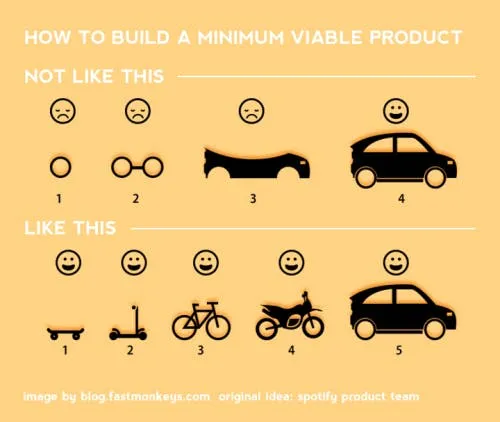Introduction & Definition
In this blog post, we’ll explore the concept of “trifecta” (also called triad in some organizations) that I have seen used successfully in the past both at start-up and even at large scale organizations (ex: Shopify).
Let’s start with a definition. The trifecta represents a subset of a product team whose goals are to capture systematically:
- value: for the business
- usability: for the user
- feasibility: technological, ethical, legal, etc.
Valuable & Usable & Feasible are the trifecta goal!
I will use the term craft in this article and would also like to define it: a craft is one or more people inside the product-team with their hierarchy, rituals and specialties. Example of craft includes engineering (sometimes back-end, front-end, mobile), UX (designer, researcher, content specialist, etc.), Product (product manager, product owner, product lead, etc.), data-science (data-scientist, etc.), commercial, legal, etc. Each organization is different and has a different structure to execute its mission. In this article, I will refer to “craft” as the various specialties & hierarchies that exist within the organization.

